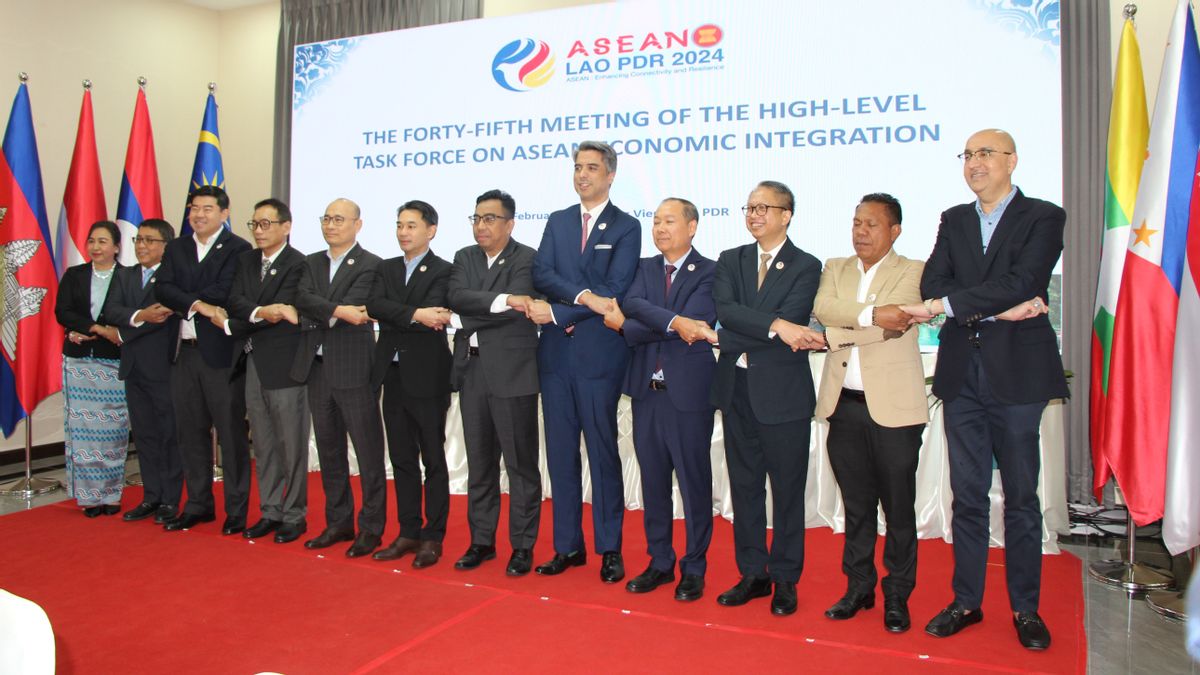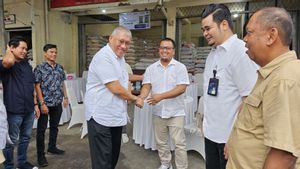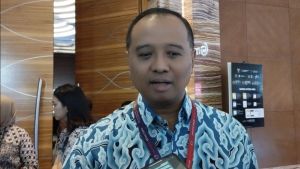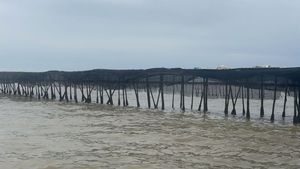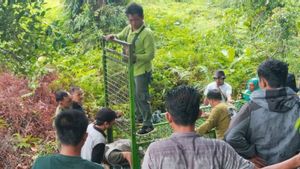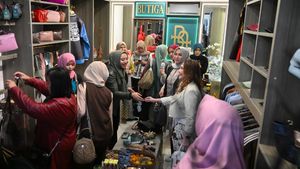JAKARTA - The 43rd ASEAN Summit agreed on the ASEAN 2045 Vision as a ASEAN planning document that will replace the 2025 ASEAN Blue Print.
As for translating the Vision of ASEAN 2045, the ASEAN Task Force for Economic Integration (HLTF-EI) met again in Vang Vieng, Laos, on 19-21 February 2024 to prepare a Strategic Plan for the ASEAN Economic Pillar (AEC Strategic Plan) 2026-2030.
Deputy for Coordination of International Economic Cooperation of the Coordinating Ministry for Economic Affairs Edi Prio Pambudi conveyed 3 important ideas as breakthroughs in the preparation of the AEC Strategic Plan 2026-2030, namely overcoming the ASEAN resilience and cross-pillar coordination agenda, revitalizing the ASEAN priority sector, and testing the cross-pillar coordination mechanism in the selected sector, namely digital transformation and technology.
"As we all know, the AEC Post-2025 will be formed in a new context, and we can no longer run a business as usual," said Edi in his statement, Wednesday, February 28.
ASEAN faces multi-dimensional challenges ranging from geo-political and geo-economic tensions, green technology, artificial intelligence, an aging population to the climate crisis.
In addition, many ASEAN countries also have national growth vision and targets and at the same time the ASEAN 2045 Vision is targeted to be the 4th largest economic zone in the world.
"To achieve this, we need to have a strategy to overcome future disturbances, develop sectors with high growth potential and embrace megatren such as digitalization and green transition," continued Edi.
Regarding the idea of ASEAN's resilience and cross-pillar coordination, ASEAN can consider creating a platform where the three existing pillars can share jobs and plans in supporting ASEAN's resilience.
Edi said the platform can be used to increase synergy, and identify joint actions and collaborations.
Furthermore, regarding the idea of revitalizing the priority sector of ASEAN, at the beginning of the formation of the MEA, ASEAN had started with several industrial cooperation projects but in its implementation it was not optimal.
For this reason, Edi said, with the current change in the economic landscape, there is room for ASEAN to revive priority sector cooperation to increase trade and investment while producing higher growth.
Then regarding the idea of testing the cross-pillar coordination mechanism in the digital transformation and technology sectors, Edi conveyed that the cross-pillar coordination mechanism that was formed needed to be tested in the priority sector to see effectiveness and efficiency.
"Considering the current growing issues, it is proposed that trials can be tested on digital transformation and technology," he explained.
Another important issue agreed in the preparation process for the AEC Strategic Plan 2026-2030 is the structure of the AEC Strategic Plan which consists of 5 (five) elements, namely Strategic Goals, Objectives, Strategic Measures, Activities and Performance Measures.
SEE ALSO:
These elements will be reviewed on a regular 5-year basis except for strategic goals which will be coordinated by WG on AEC Post-2025.
On this occasion, Indonesia also expressed support for the establishment of the Blue Economy Task Force (ACTF-BE) and the plan to hold the first ACTF-BE meeting which will be held in August 2024 in a series of 46th HLTF-EI meetings in Luang Prabang, Laos, with Indonesia's support.
In addition, the blue economy is an initiative for Indonesia's economic priorities in Chairship of ASEAN 2023 and the ASEAN blue economy framework has been agreed upon by the Head of State at the 43rd ASEAN Summit on September 6, 2023 in Jakarta.
The English, Chinese, Japanese, Arabic, and French versions are automatically generated by the AI. So there may still be inaccuracies in translating, please always see Indonesian as our main language. (system supported by DigitalSiber.id)
